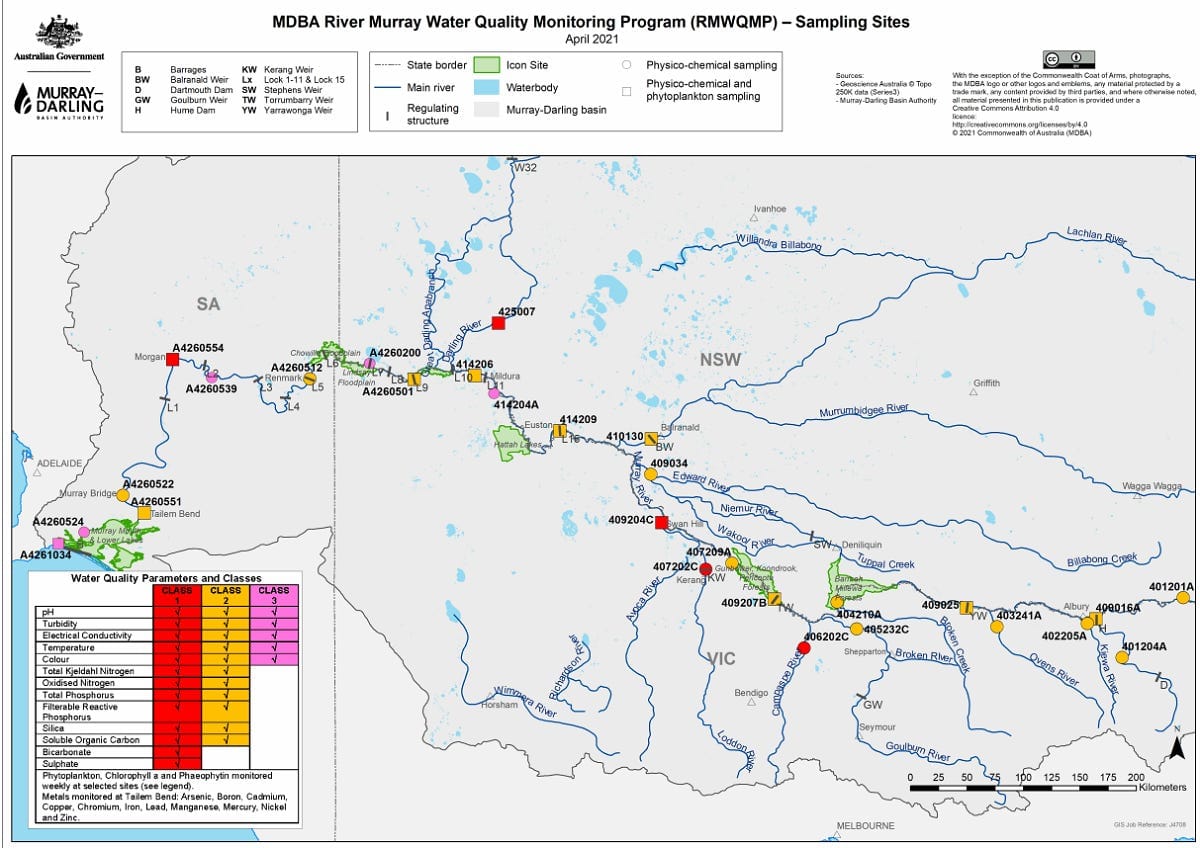Murray River put to the test
Testing sites at Murray Bridge and Tailem Bend will contribute to new water quality study.

Murray Bridge and Tailem Bend will play a role in a new study being undertaken to better understand water quality in the Murray River.
The Murray-Darling Basin Authority has commissioned La Trobe University to analyse water quality data from 28 monitoring sites along the River Murray and lower Darling.
In addition to Murray Bridge and Tailem Bend, water is also tested at Lock 5, Waikerie, Lake Alexandrina at Milang, and upstream of the Goolwa Barrages in South Australia.

MDBA’s Senior Director of Environmental Management Dr Janet Pritchard said the detailed study which was last conducted in 2013 would help to identify what caused water quality issues along with potential risks and watchpoints.
“This study will allow us to take a close look into water quality parameters like temperature, salinity, metals and nutrients and look at how they are changing over time,” Dr Pritchard said.
“These parameters are important as they help us maintain appropriate water quality and salinity for a wide range of environmental, social, cultural and economic activities.”
The Class 2 testing stations at Murray Bridge and Tailem Bend would collect a range of nutrients such as phosphorus and nitrogen.
Tailem Bend also provides monthly reports on various metals such as iron, lead and copper, in addition to weekly updates on phytoplankton, more commonly known as algae.
“In recent months we’ve been hearing feedback from a range of River Murray stakeholders who are concerned about the apparent increases and severity of a range of water quality issues, including algal blooms,” Dr Pritchard said.
“Using physical and chemical data will also help us investigate changes in water quality risks, such as the link between any nutrient and temperature trends and the potential for blue-green algal blooms.”
Analysis on the water quality data has started and findings are expected to be available in mid-2022.





